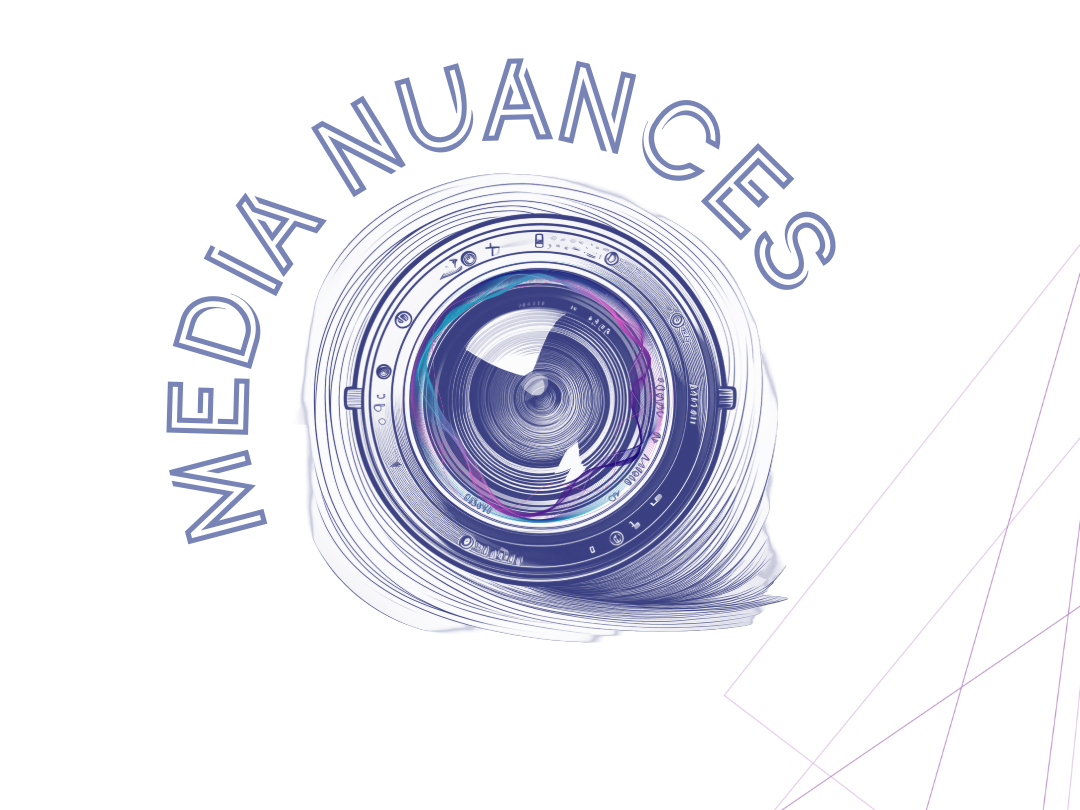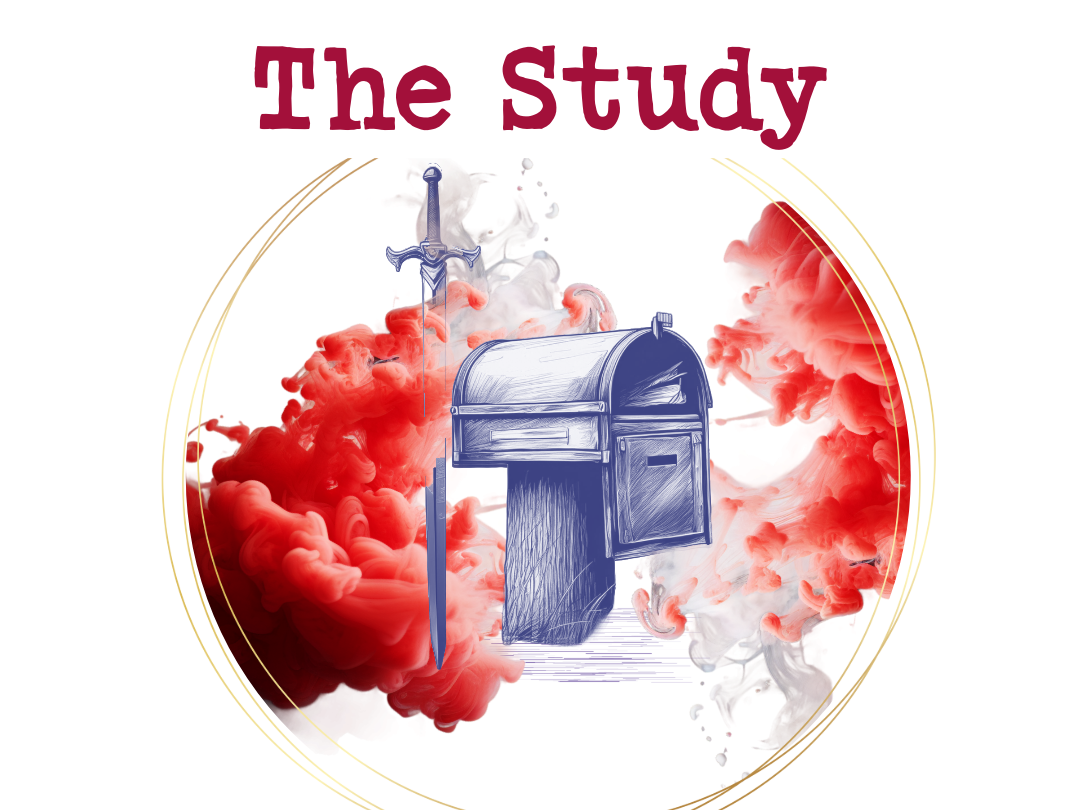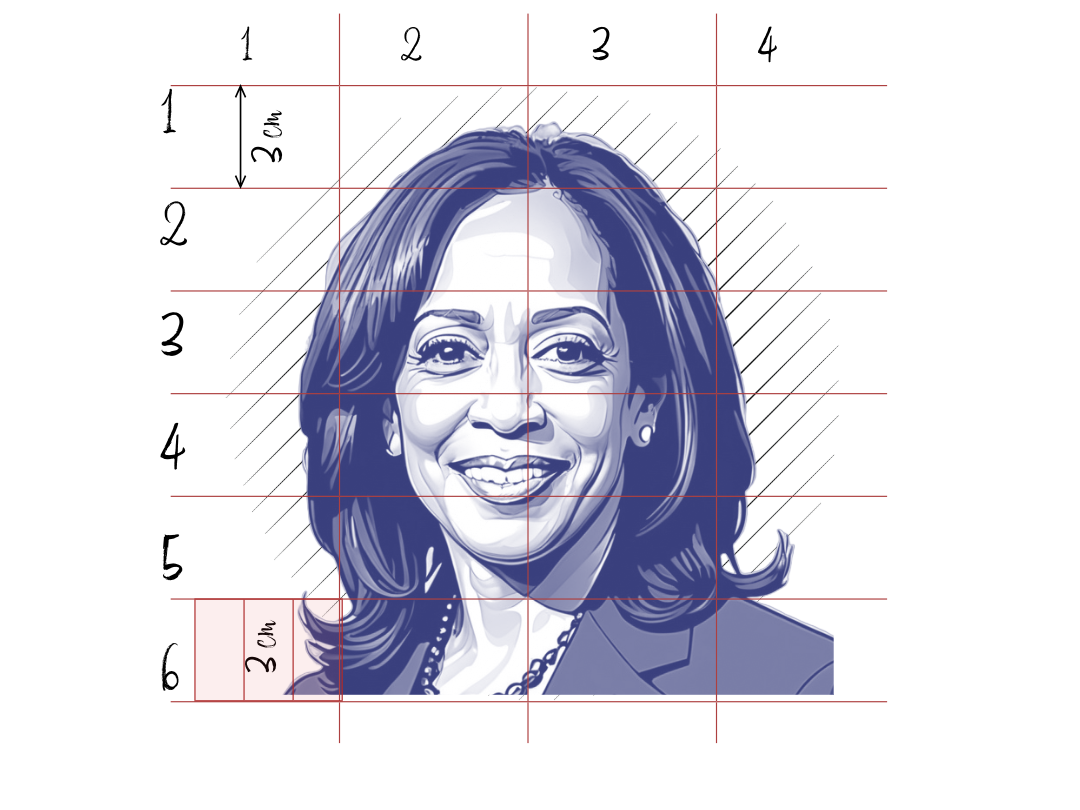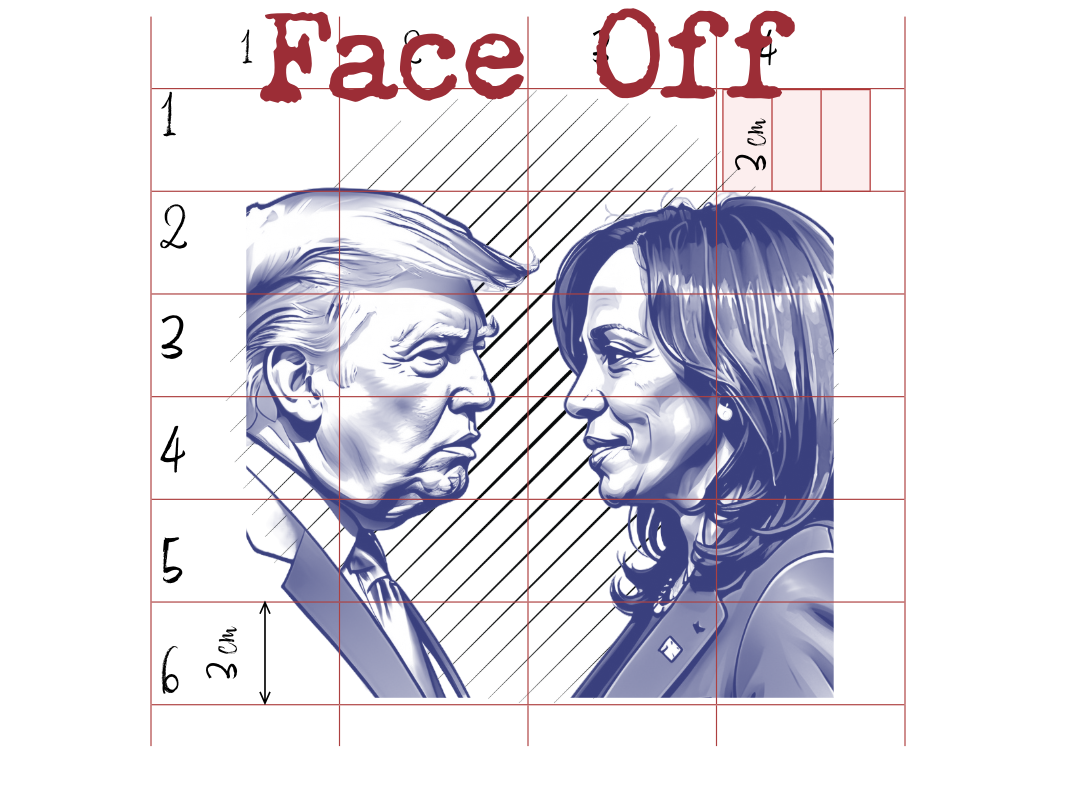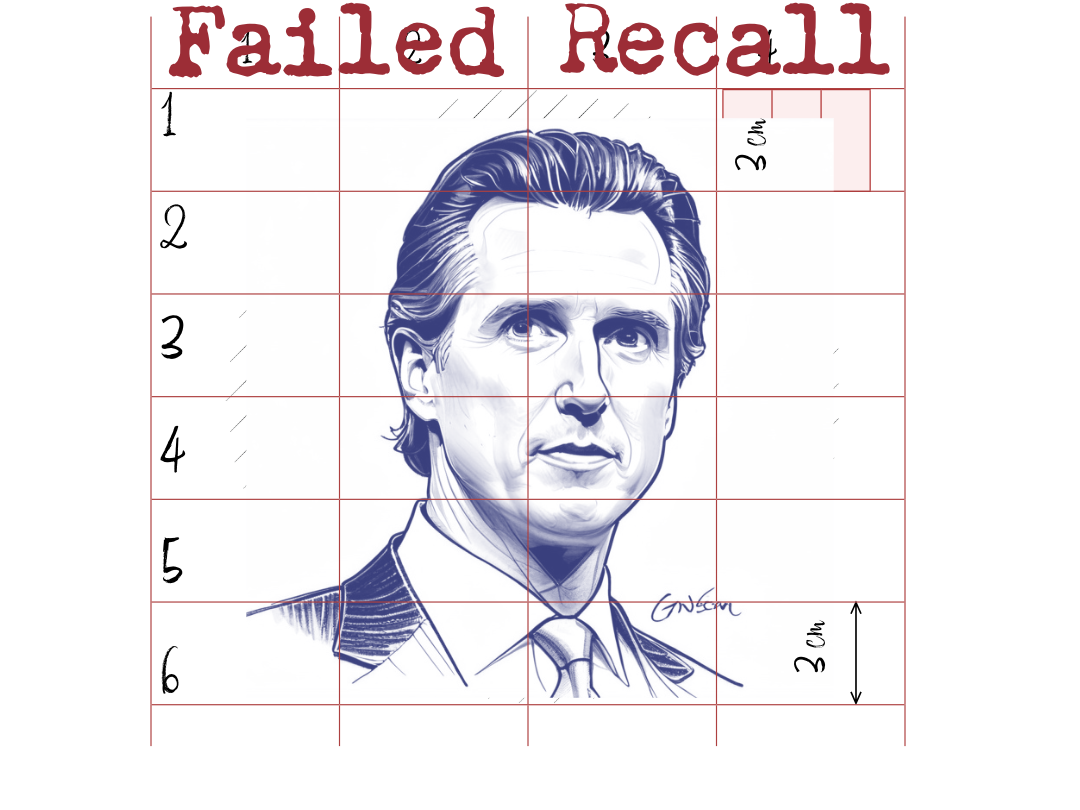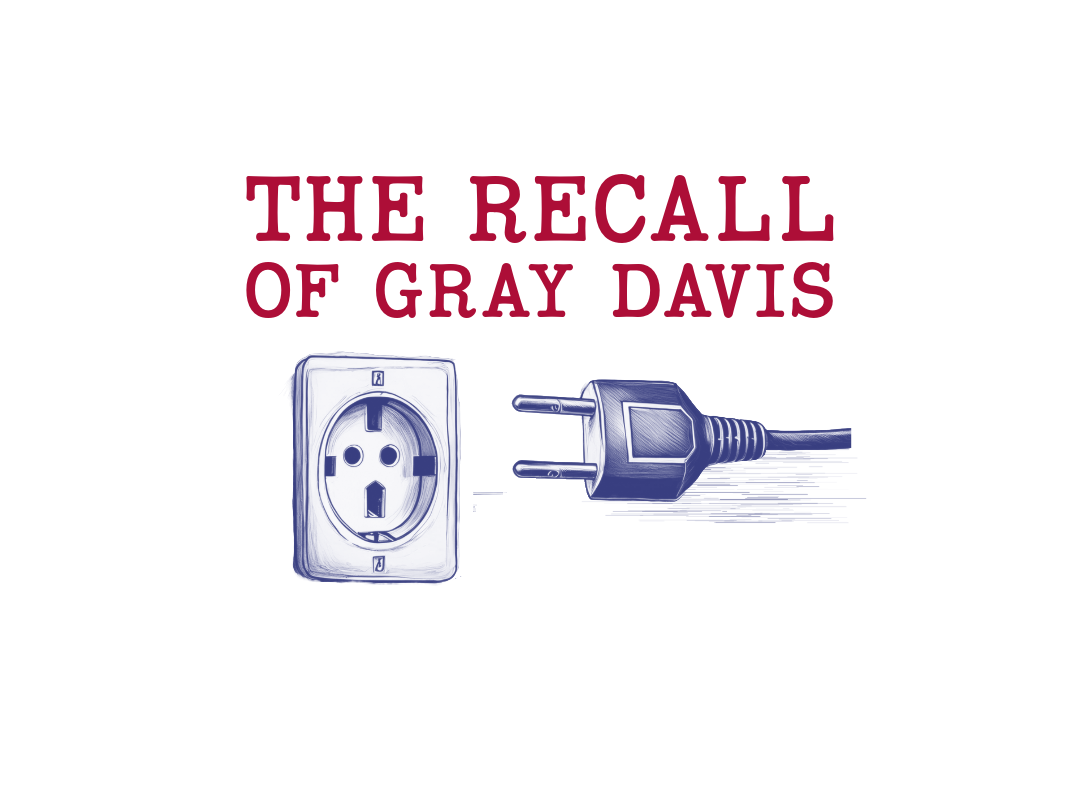From Hope to Action
November 9, 2024
The Speech that Propelled Clinton
into the White House
Having listened to Bill Clinton’s speeches over the years, I’ve always admired his ability to connect with audiences, regardless of location or circumstance. My admiration was reinforced when I had the chance to see him in action in November 1999 during his visit to Sofia, Bulgaria. Clinton stood on stage with Bulgarian President Petar Stoyanov, who spoke of democracy and the future of Southeast Europe. Clinton’s words though, were especially memorable for their warmth, empathy, and authenticity, capturing the spirit of optimism and the power of connection. It was then that I realized Clinton was more than a politician; he was a gifted orator who knew how to speak to people’s hearts. This experience deepened my interest in understanding what makes him one of the finest speakers in modern history. That’s why I wanted to dive into an analysis of one of his most influential speeches: the one he gave at the 1992 Democratic National Convention when he accepted his party’s nomination for President.
This 1992 speech is a masterclass in rhetoric, carefully crafted to introduce Clinton’s vision of a “New Covenant” with America. He positioned himself as the leader who would restore the American Dream and bring government back to serving the people. His opening was inviting and humorous. Clinton joked about Al Gore wanting to “do the warm-up for Elvis,” and lightly remarked on his return to “finish that speech I started four years ago.” These playful comments were strategically placed to humanize him right from the start, making him approachable and down-to-earth. By breaking the ice with humor, he created a welcoming tone, instantly bridging the gap between himself and the audience, ensuring they were open to what he would say next.
As Clinton transitioned into the body of his speech, he shifted to a tone of sincerity and empathy. The heart of his message was a call for urgent change, particularly for the middle class, whom he described as “forgotten.” Clinton’s words resonated deeply as he described the economic struggles that had grown under the incumbent administration. By highlighting issues like unemployment, stagnating wages, and high healthcare costs, he voiced the frustrations of working Americans. “People are working harder than ever, spending less time with their children… and their incomes are still going down,” he noted, capturing the sentiment of a weary middle class. Through his empathetic language and straightforward delivery, he positioned himself as someone who understood and represented ordinary people’s struggles.
Clinton’s ethos—his credibility as a leader—came through strongly in this speech, especially in the personal stories he shared. He spoke of his mother’s sacrifices as a single parent and his grandfather’s sense of fairness, describing his roots in Hope, Arkansas, in a way that felt authentic and relatable. When he said, “I learned from him to look up to people other folks looked down on,” he wasn’t just stating his values but illustrating them through real-life examples. This storytelling element allowed Clinton to connect on a personal level with the audience, establishing his moral character and making it clear that his commitment to fairness and opportunity was rooted in his upbringing, not just political ambitions.
Language choice was another defining element of this speech. Clinton’s phrases like “Let it be our cause” were repeated throughout, creating a unifying effect that invited the audience to join him in his vision. His refrain of “putting people first” underscored his message that the government’s priority should be to serve its citizens. By using inclusive words like “we,” “our,” and “us,” Clinton made the audience feel that they were part of a collective journey. This language was effective not only in conveying his commitment to unity but also in positioning himself as a president who would be a true representative of the people.
A notable part of Clinton’s approach was how he framed the opposition. Unlike the often divisive, negative language used in political speeches, Clinton’s criticisms of the Bush administration were restrained yet impactful. He pointed to failures without personal attacks, relying instead on data and facts to make his case. For example, he noted that “Four years ago, [Bush] promised 15 million new jobs… he’s over 14 million short.” This use of logical argumentation (logos) provided a solid, factual basis for his critique, which reinforced his image as a pragmatic and solution-focused leader. Rather than alienating his audience by directly attacking the other side, he used humor, data, and common sense to highlight policy differences, allowing the audience to draw their own conclusions.
Clinton’s pathos—the emotional appeal of his speech—was another standout. He spoke passionately about family values and community, repeatedly using phrases like “Let it be our cause” to emphasize the emotional commitment he wanted from his audience. When discussing children and the future, he used imagery that resonated with parents and families: “Let it be our cause to see that every child grows up strong and secure.” By slowing down his delivery and pausing before key phrases, Clinton gave his words a weight that encouraged the audience to internalize his message. His use of repetition here created a rhythmic quality, almost like a mantra, that reinforced the importance of his ideas and allowed his audience to emotionally engage with his vision.
Inclusivity was another hallmark of Clinton’s speech. By explicitly acknowledging various family structures—“every traditional family and every extended family… every single-parent family and every foster family”—he made it clear that his vision was for all Americans, not just a select few. This inclusive stance extended to his statements about race, economic status, and political affiliation. By saying, “There is no them; there’s only us,” Clinton addressed the divisive rhetoric of the time and presented a vision of unity that stood in contrast to the more polarizing approaches of the past. This inclusivity was more than a rhetorical device; it was a strategic appeal to a broad coalition of voters, from disillusioned Republicans to independents and young people searching for a new direction.
Clinton’s conclusion brought his vision full circle, tying it back to his roots and his belief in a place called “Hope.” By closing with a reference to his hometown, Clinton symbolically linked his personal journey with the American journey. His refrain, “Let it be our cause,” became a powerful call to action, transforming his vision into something for everyone in the audience to take up and own. This closing also included a deeply personal, almost spiritual appeal as he invoked “God bless America,” imbuing his words with a sense of gravity and timelessness that left a lasting impact.
Reflecting on Clinton’s rhetorical style, it’s clear that his effectiveness stemmed from his ability to blend emotional appeal, logic, and ethical authority seamlessly. His speech was not only a call for political change but also a deeper plea for unity, community, and shared purpose. Clinton’s skillful use of ethos, pathos, and logos, combined with his sense of timing (kairos), positioned him as the right leader for the moment. His speech was memorable not only for its content but for its artistry, drawing listeners into his vision and making them feel personally connected to his cause.
Ultimately, this speech marked a defining moment for Clinton, solidifying his image as a leader who could transcend party divides and appeal to a diverse audience. Through his stories, values, and calls to action, Clinton made his vision something people could believe in and rally behind. His mastery of language, delivery, and emotional resonance made this 1992 speech one of the most effective in modern political history, illustrating why he continues to be regarded as one of the greatest speakers of our time.
___________________________________________________________________________
Copyright Notice & Intellectual Property Rights
This article is the intellectual property of Vesselina Davenport and is protected by copyright law. All content, including text, analysis, and multimedia, is owned by the author unless otherwise indicated. Unauthorized reproduction, distribution, or transmission of any portion of this article is strictly prohibited without prior written consent from the author, except in cases of non-commercial use permitted under fair use provisions.
Citations and Sources
This article includes references to publicly accessible information, including the New York Times transcript of Bill Clinton’s 1992 Democratic National Convention speech, found at NYT Transcript. All external sources have been accurately cited, and complete citations are available for verification. If you would like to reference this article, please attribute it to the original author and link back to the full content.
Fair Use Disclaimer
Any third-party quotes, excerpts, or materials included in this article are used for educational and informational purposes under the fair use doctrine. All third-party content remains the property of its respective copyright holders.
Permission for Reuse
Portions of this article may be shared or quoted with appropriate credit to the author and a link to the original content. Any commercial use or modifications require prior written consent from the author.
Article Updates
This article may be periodically revised. Updates or modifications will be reflected on this page. Please check back to access the most current version.
All Rights Reserved | Vesselina Davenport | 2024
